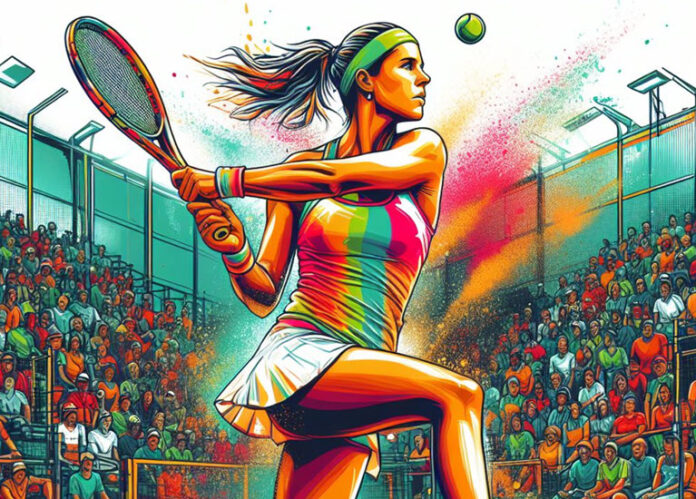In recent years, there’s been a noticeable shift in the racquet sports world, with many tennis players making the transition to padel. This trend is not just limited to amateur enthusiasts but is also seen among professional athletes. So, what is driving this racquet revolution?
Accessibility and Ease of Play Padel offers a lower barrier to entry compared to tennis. The sport’s rules and court size make it easier for newcomers to pick up a racquet and start playing. This accessibility is a significant draw, allowing players to reach a competitive level quickly and enjoy the game without the steep learning curve associated with tennis.
Physical Demands Padel courts are smaller, which means less ground to cover during play. This aspect makes the game less physically demanding, particularly for recreational players. It’s an attractive feature for those who may find the extensive running in tennis challenging, such as older players or those with physical limitations.
Social Interaction Padel is inherently a social sport, typically played in doubles format. This setup encourages interaction, teamwork, and camaraderie, contributing to a vibrant community atmosphere. The social aspect of padel is a strong appeal for many, offering a fun and engaging way to connect with others.
Strategic Depth While tennis often focuses on power and speed, padel emphasizes strategy and tactics due to the court’s dimensions and the use of walls in play. Players enjoy the mental challenge of outmaneuvering opponents, which adds a different layer of complexity and enjoyment to the game.
A Fresh Challenge For some tennis players, padel represents a new challenge and a way to rejuvenate their passion for racquet sports. The differences in gameplay, strategy, and environment provide a novel experience that can rekindle the excitement of competing and learning.
In conclusion, the shift from tennis to padel is fueled by the sport’s accessibility, reduced physical strain, social nature, strategic gameplay, and the allure of a new challenge. As padel continues to grow in popularity, we can expect to see more tennis players embracing this dynamic and engaging sport.


































